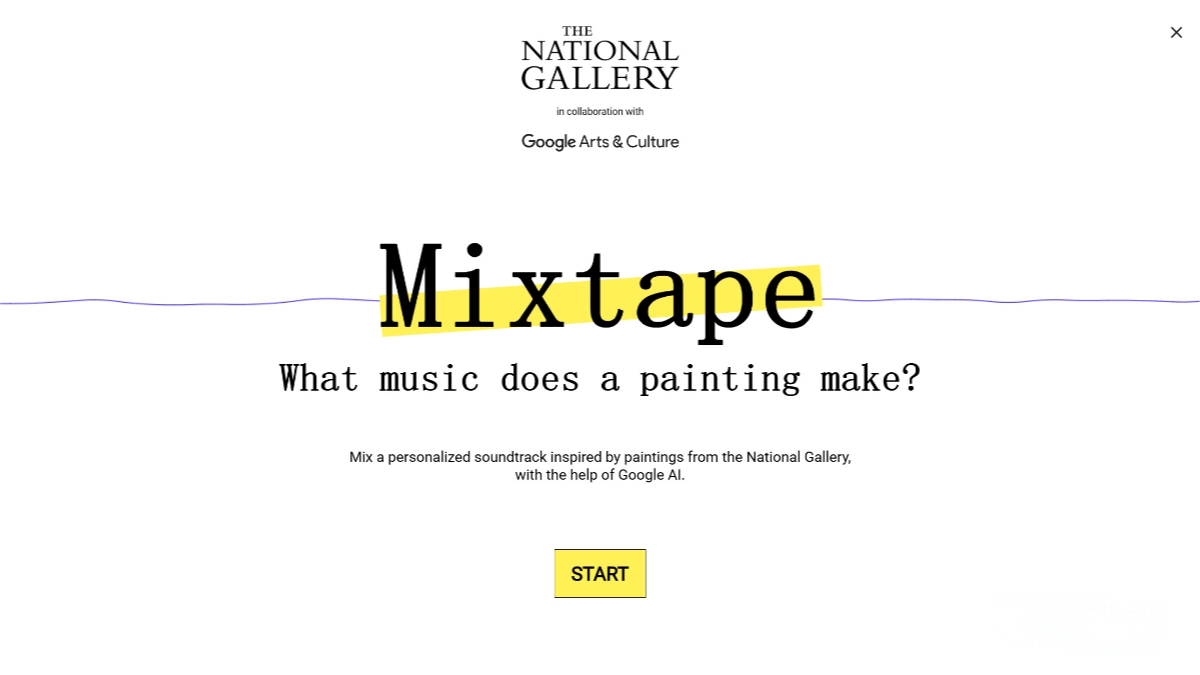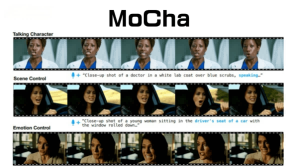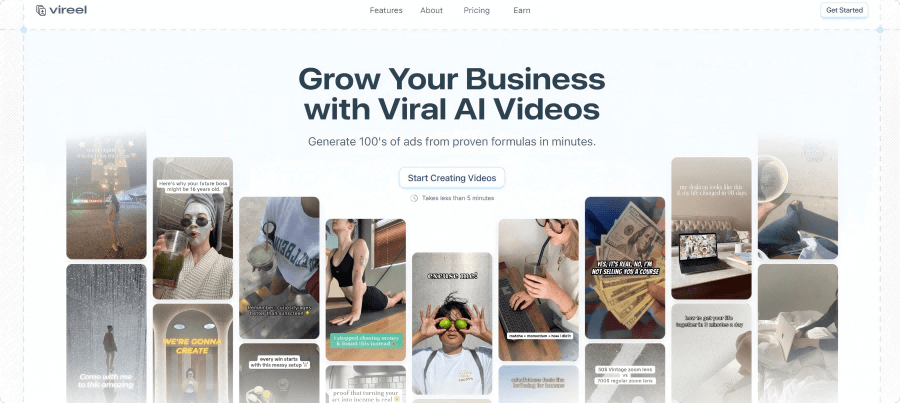What is National Gallery Mixtape?
National Gallery Mixtape is an AI-powered music experimentation tool co-created by the National Gallery in London and Google Arts & Culture. It features a curated collection of 200 iconic paintings from the National Gallery, spanning styles and themes from the Renaissance to modern art. Users can select up to six artworks and drag them into a designated space. The AI then analyzes elements such as color palette, subject matter, emotional tone, and historical context to generate music fragments that correspond to each artwork. Users can customize the music by adjusting volume, order, and layering of the segments, and by choosing different moods, styles, and instruments.

Key Features of National Gallery Mixtape
-
Artwork Selection & Music Generation:
Choose up to six paintings from a curated gallery of 200 masterpieces. The AI analyzes the visual content and artistic style of each selected work to generate matching music and remix fragments. -
Music Feature Tags:
Descriptive tags such as “light,” “flowing,” “calm,” “piano,” “flute,” and “strings” appear to help users understand how the music relates to the selected paintings. -
Custom Music Mixing:
Users can fine-tune the audio experience by adjusting the volume, order, and layering of music segments, allowing for a fully personalized soundtrack. -
Mood and Style Controls:
Offers various tools to adjust musical style, instrumentation, and mood—enabling users to reflect their emotional interpretation of the artworks. -
Real-Time Interactive Experience:
Powered by Google’s multimodal AI model Gemini, the tool analyzes each artwork in real time, generates detailed descriptions, and sends them to MusicFX DJ, which then creates custom musical compositions for each image.
Official Website of National Gallery Mixtape
- Website: National Gallery Mixtape
Use Cases of National Gallery Mixtape
-
Schools and Educational Institutions:
Teachers can use this tool in art classes to engage students with masterpieces by pairing them with AI-generated music, enhancing their appreciation and emotional connection to the artwork. -
Galleries and Museums:
During exhibitions, institutions can provide a new layer of interactivity by letting visitors listen to music inspired by the artwork, making the viewing experience more immersive and memorable. -
Personal Creativity:
Musicians and artists can use the tool as a source of inspiration, turning visual elements of classic paintings into creative musical ideas and original compositions. -
Family Entertainment:
Families can explore famous artworks together, generate music, remix it, and enjoy a fun and educational bonding experience while developing artistic and musical appreciation. -
Art Therapy:
Therapists can incorporate the tool into sessions, using the combination of visual art and music to help individuals relax, express emotions, and reduce stress through multisensory engagement.




